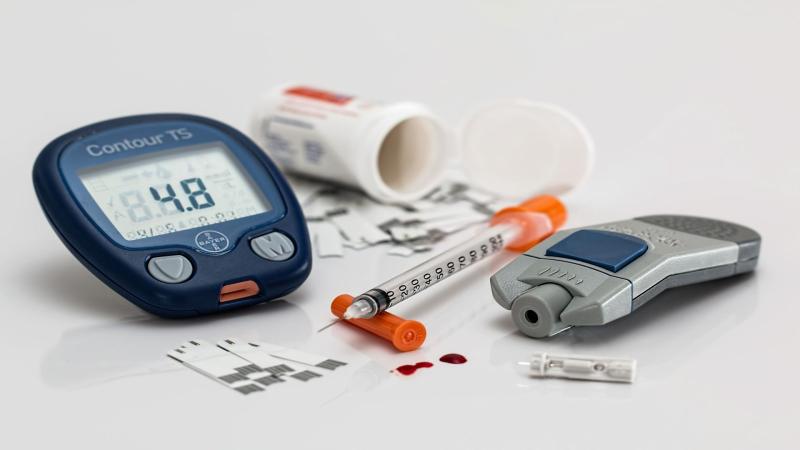
India, the world’s capital of diabetes, has an escalating diabetes epidemic. Diabetes, a non-communicable disease, affects about 8.7% Indians today, and this number is predicted to hit 70 million by 2025 and 80 million by 2030. Although the exact reasons for this rapid rise in diabetes in the country are not yet clear, experts blame it on multiple factors. Population ageing, lifestyle, lack of physical exercise, altered dietary patterns, pollution and mutations are some of them. Amid this alarming crisis, how good have we, as a country, managed diabetes?
In a recent study, researchers from the USA, Germany and India have investigated the status of diabetic care among Indian adults. The findings, published in the journal BMC Medicine, present a grim picture of diabetes management in different states and socio-demographic groups in India. The study was funded by the Harvard McLennan Fund and the Department of Science and Technology, New Delhi, India.
“Diabetes is a growing challenge in India and a major cause of cardiovascular deaths and kidney diseases. Since diabetes and hypertension coexists in most cases, and there is a poor level of awareness, treatment and control, it is necessary to focus on primary prevention and screening. They are cost-effective strategies to reduce the impact of diabetes on people's health in India.” says Dr Ashish Awasthi. He is a researcher at the Indian Institute of Public Health, Gandhinagar, and an author of the study.
The researchers estimated the proportion of diabetic patients in different stages of care cascade. The cascade includes diagnosis and awareness of diabetes among those who suffer from it, treatment and control of the disease. “Analysis of the care cascade provides an overview of where individuals get lost to care. This information is important to manage a chronic disease like diabetes,” says Dr Jonas Prenissl from the Heidelberg Institute of Global Health, Germany, who led the study.
The study used data from the fourth National Family Health Survey- a population-based household survey conducted in 2015 and 2016 among Indians aged 15- 49 years. The data contained the blood glucose measurement of 7,30,000 adults from 29 states and seven union territories. Those with blood glucose levels higher than 200 mg/dL were considered as being diabetic. These individuals were then questioned on their awareness of being diabetic, their status of treatment, and the control of blood glucose.
The study found that most adults in India remained unaware of the fact that they have diabetes.
“In India, nationwide sampling for diabetes care cascade and the status of adults with diabetes is substantially low,” points out Dr Prenissl.
Overall, 3.3% of the surveyed individuals had diabetes. The prevalence of the disease was about 3% in women and 3.6% in men. Men had a higher incidence of diabetes, and many remained undiagnosed of their conditions compared to women.
The researchers found that 75% of the survey participants were lost at different stages of the diabetes care cascade. The highest proportion of 47.5% was lost at the awareness stage, meaning that almost half of them unaware of their diabetic condition. About 12% did not receive any treatment, and 16% failed to control their blood sugar levels despite treatment.

Figure 1: Care cascade of diabetes in India [Data Source]
Among the states, the most significant proportion of adults with undiagnosed diabetes were in Goa and Andhra Pradesh. Uttar Pradesh, which has the lowest diabetes prevalence, had the most significant number of unaware diabetic adults. Goa also ranked highest among states for individuals who never sought treatment for diabetes, followed by Tamil Nadu and the Andaman and Nicobar Islands. The states with low diabetic prevalence also had poor diabetic care.

Fig 2: The care cascade of diabetes by states in India [Image Source]
The study also found that adult men in rural areas who are poorer and less educated are less likely to receive the care needed for diabetic control. The findings of this first-ever nation-wide study highlight the need for public programs and policy decisions for controlling the increasing diabetic epidemic.
“Such nation-wide sampling studies provide reliable data. They make comparisons between states and subgroups possible,” says Dr. Prenissl.
And what can Indian do to ward off the epidemic?
“Frequent screening, lifestyle changes and a robust disease management program,” he suggests.
This article has been run past the researchers, whose work is covered, to ensure accuracy.






